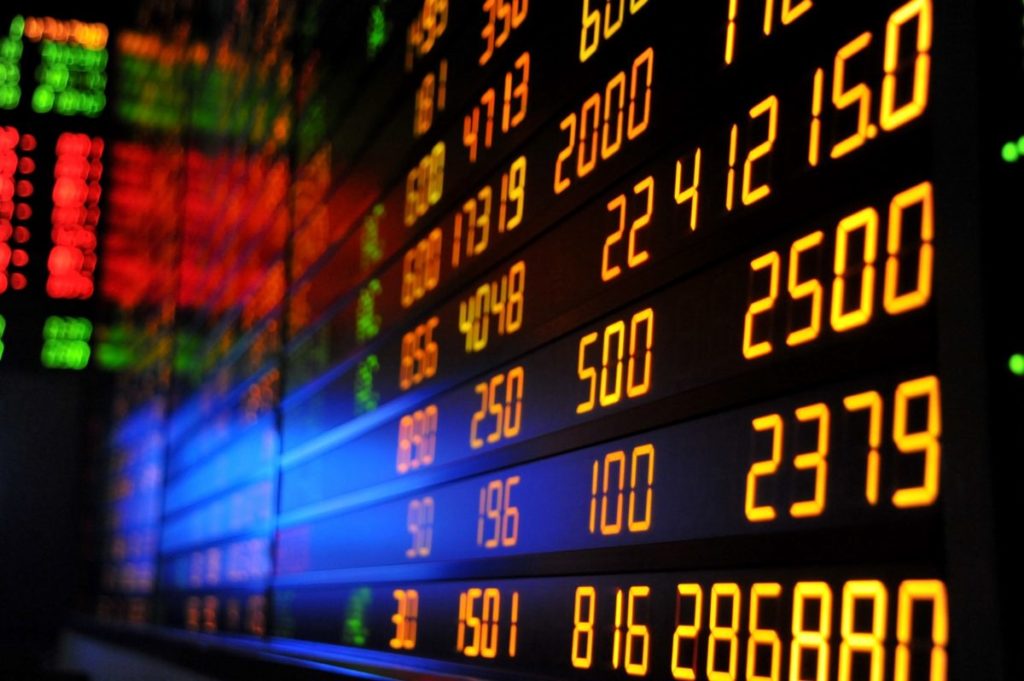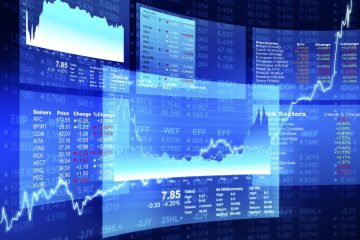Asia : Stocks under pressure as dollar hovers near 14-year high

HONG KONG : The U.S. dollar hovered near on a 14-year high on Tuesday and Treasury yields extended their rise as investors braced for higher inflation in the United States amid expectations of fiscally expansionary polices under Donald Trump’s presidency.
The combination of the two have derailed Asian currencies and equities, particularly in South Korea, Taiwan and Indonesia, which have seen big inflows this year, especially after the shock referendum vote by Britain to exit the European Union in June.
MSCI’s broadest index of Asia-Pacific shares outside Japan was flat in early trade after falling nearly 5 percent since Trump’s shock victory at the U.S. presidential elections last week.
Australian stocks led regional losers with the broader index down 0.5 percent. Hong Kong stocks edged higher, boosted by expectations of strong earnings from index heavyweight Tencent.
“Hong Kong like other emerging markets will continue to underperform developed markets in the near term because the rising value of the dollar shrinks the value of overseas investments,” said Alex Wong, portfolio manager at Ample Capital based in Hong Kong.
On a trade-weighted basis, the dollar index vaulted above its January peak to hit 100.22 on Monday, its highest since early December last year and hovering near its December 2015 peak of 100.51. A rise beyond that would take it to its highest level since 2003.
On Tuesday it eased 0.2 percent to 99.915.
That rise and higher U.S. yields have fueled capital outflows from emerging markets. Foreign investors have pulled out 950 billion Korean won ($ 812.52 million) from Korean stocks and pumped in 397.4 billion won ($ 339.89 million) into bonds between Nov. 9-14.
Analysts expect more gains for the greenback in the short term, resulting in further headwinds for Asia.
Though emerging market equities have staged a comeback in the third quarter, their performance has sharply diverged since last week, putting developed equities comfortably ahead.
“The immediate driving force is the anticipated policy mix in the U.S.,” said Brown Brothers Harriman analysts in a note to clients.
“While most economists are focusing on either the higher U.S. interest rates and a likelihood of a somewhat more aggressive Fed tightening cycle, or the possibility of a dramatically more stimulative fiscal stance. We see the combination (the policy mix) as an exceptionally potent force that will continue to propel the dollar higher,” the analysts wrote.
Despite the general air of caution over Asian markets, investors are eyeing some opportunities such as banking stocks in Hong Kong which would benefit from any Trump-led deregulation in the financial sector.
Some investors were also considering the Indian rupee, which is relatively less exposed to any flareup in global trade protectionism than others.
In currency markets, the dollar was trading at 107.88 yen after hitting its highest level in more than five months overnight. Even the less volatile Chinese yuan plunged to its lowest levels in nearly eight years to 6.8641 after a weak fixing.
The dollar has been on a tear since Trump’s shock victory triggered a massive sell off in Treasuries.
The large moves in markets has been stoked by expectation that Trump’s promised infrastructure spending and tax cuts will spur higher U.S. growth, pushing up inflation as well as borrowing costs.
Yields on the U.S. 10-year Treasury notes climbed to their highest since January to 2.22 percent on Monday, while 30-year paper reached 3 percent.
Just two days of selling last week wiped out more than $ 1 trillion across global bond markets, the worst rout in nearly 1-1/2 years, according to Bank of America Merrill Lynch.
In the oil market, Brent crude was broadly flat at $ 44.73 a barrel, while U.S. crude rose 0.81 percent to $ 43.67.


